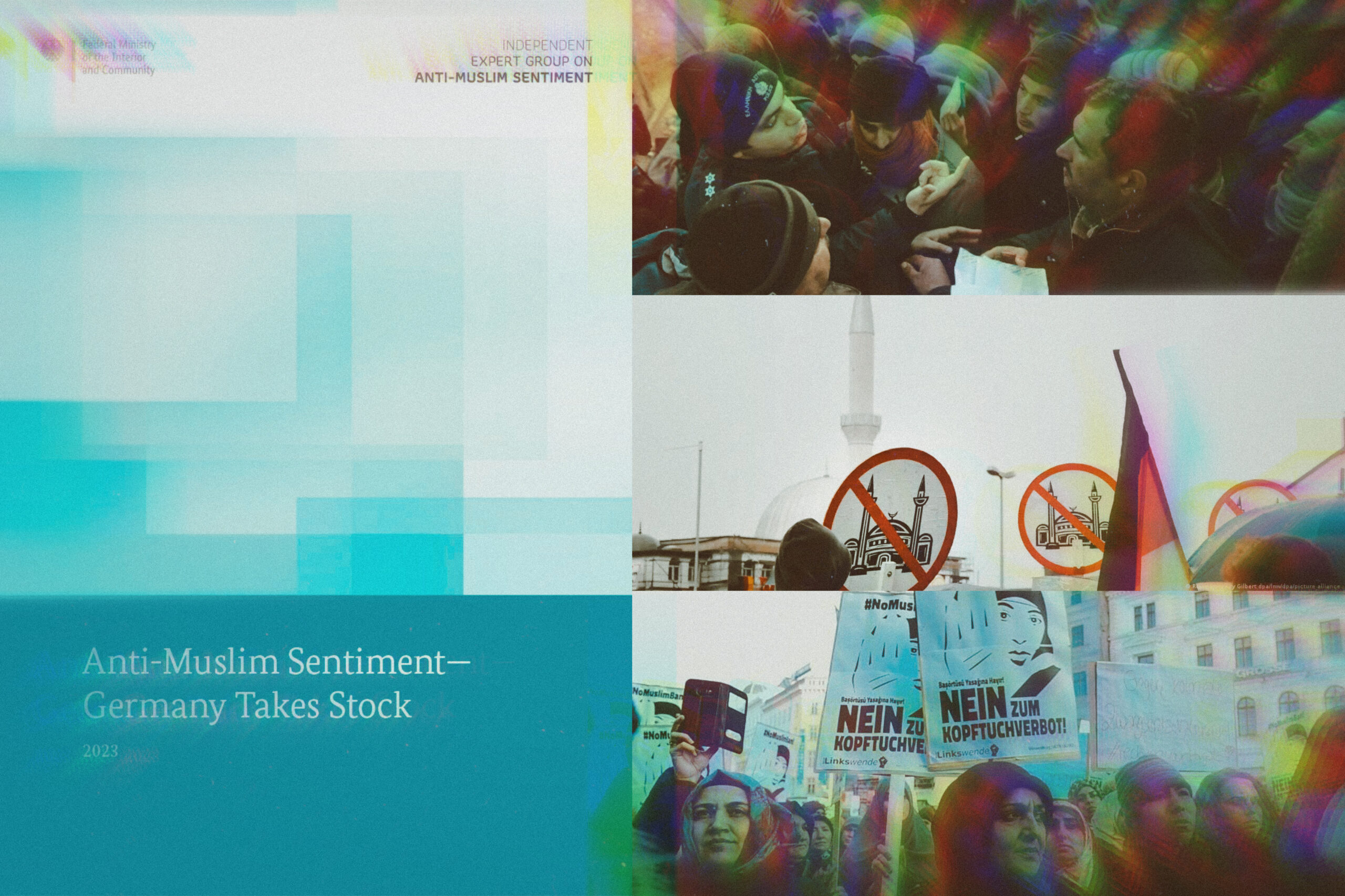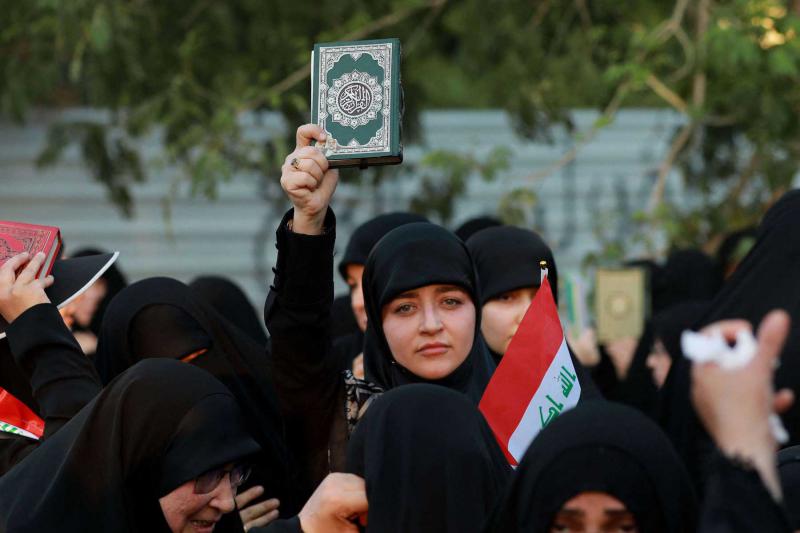Overview
Over the past 20 years, the United States has granted permanent residency status to an average of about 1 million immigrants each year. These new “green card” recipients qualify for residency in a wide variety of ways – as family members of current U.S. residents, recipients of employment visas, refugees and asylum seekers, or winners of a visa lottery – and they include people from nearly every country in the world. But their geographic origins gradually have been shifting. U.S. government statistics show that a smaller percentage come from Europe and the Americas than did so 20 years ago, and a growing share now come from Asia, sub-Saharan Africa and the Middle East-North Africa region.
With this geographic shift, it is likely that the religious makeup of legal immigrants also has been changing. The U.S. government, however, does not keep track of the religion of new permanent residents. As a result, the figures on religious affiliation in this report are estimates produced by combining government statistics on the birthplaces of new green card recipients over the period between 1992 and 2012 with the best available U.S. survey data on the religious self-identification of new immigrants from each major country of origin.
While Christians continue to make up a majority of legal immigrants to the U.S., the estimated share of new legal permanent residents who are Christian declined from 68% in 1992 to 61% in 2012. Over the same period, the estimated share of green card recipients who belong to religious minorities rose from approximately one-in-five (19%) to one-in-four (25%). This includes growing shares of Muslims (5% in 1992, 10% in 2012) and Hindus (3% in 1992, 7% in 2012). The share of Buddhists, however, is slightly smaller (7% in 1992, 6% in 2012), while the portion of legal immigrants who are religiously unaffiliated (atheist, agnostic or nothing in particular) has remained relatively stable, at about 14% per year.1
Unauthorized immigrants, by contrast, come primarily from Latin America and the Caribbean, and the overwhelming majority of them – an estimated 83% – are Christian. That share is slightly higher than the percentage of Christians in the U.S. population as a whole (estimated at just under 80% of U.S. residents of all ages, as of 2010).2
These are among the key findings of a new study by the Pew Research Center’s Forum on Religion & Public Life examining recent trends in the geographic origins and religious affiliation of immigrants to the United States. (For information on religion among migrants not just in the U.S. but globally, see the Pew Research Center’s 2012 report “Faith on the Move: The Religious Affiliation of International Migrants.”)
Muslim Immigrants
The estimated number of new Muslim immigrants varies from year to year but generally has been on the rise, going from roughly 50,000 in 1992 to 100,000 in 2012. Since 2008, the estimated number of Muslims becoming U.S. permanent residents has remained at or above the 100,000 level each year.
Between 1992 and 2012, a total of about 1.7 million Muslims entered the U.S. as legal permanent residents. That constitutes a large portion of the overall U.S. Muslim population (estimated at 2.75 million as of 2011).
In the early 1990s, the great majority of Muslim green card recipients came from Asia and the Pacific or the Middle East-North Africa region. The most common countries of origin among Muslim immigrants in 1992 included Pakistan, Iran and Bangladesh. Those countries, as well as Iraq, also were among the most likely birthplaces of Muslim immigrants to the U.S. in 2012.
In recent years, a higher percentage of Muslim immigrants have been coming from sub-Saharan Africa. An estimated 16% of Muslim immigrants to the U.S. in 2012 were born in countries such as Somalia and Ethiopia. In 1992, only about 5% of new Muslim immigrants came from sub-Saharan Africa.






